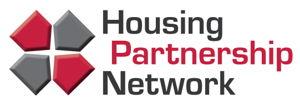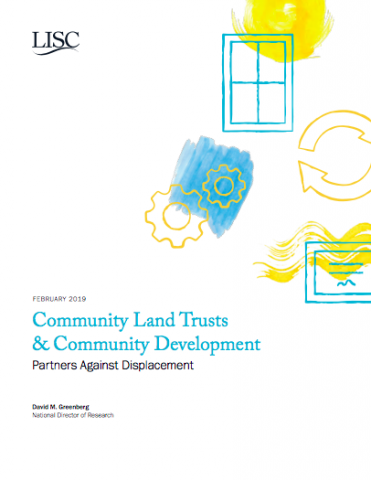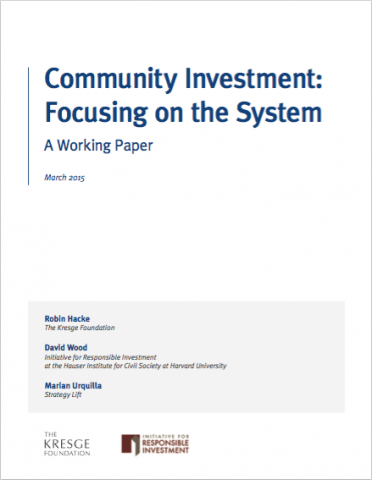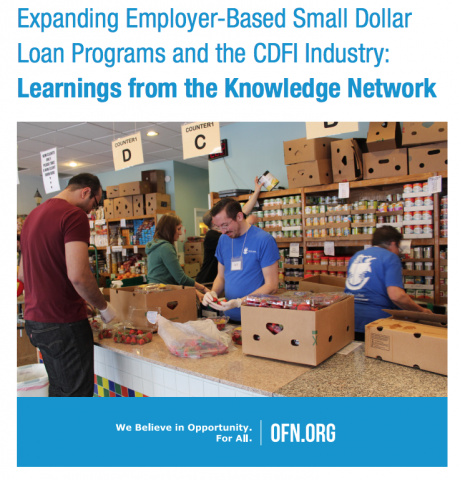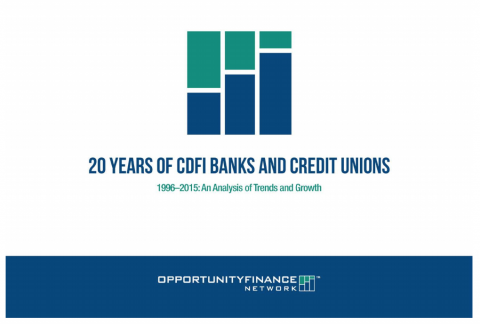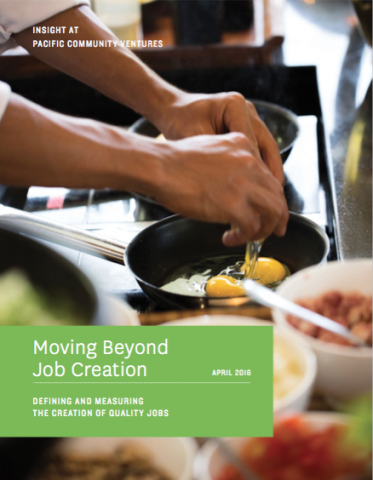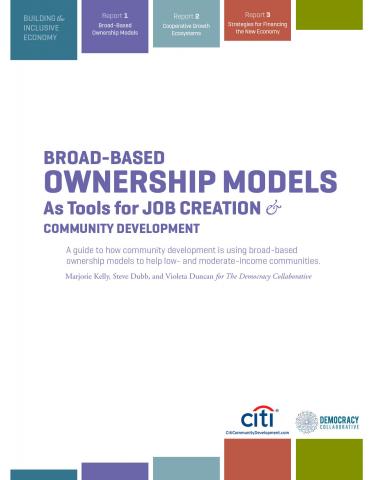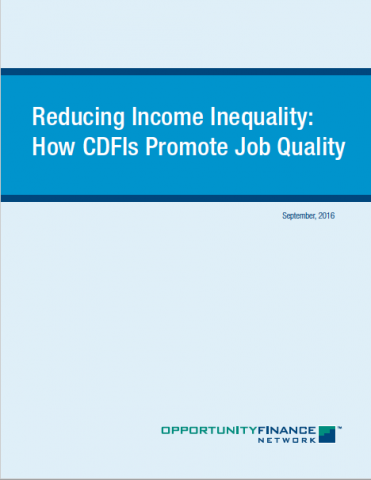PolicyMap, a project of The Reinvestment Fund, a Philadelphia-based CDFI, allows users to use GIS mapping technology to create custom maps, tables, and charts that help organizations map their social impact investments and better target their work to benefit disadvantaged communities.
